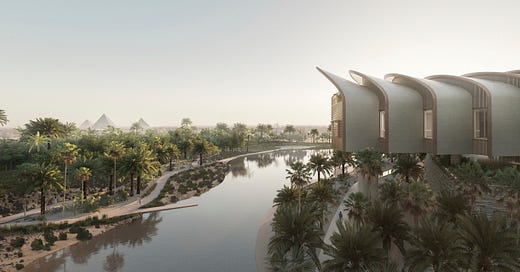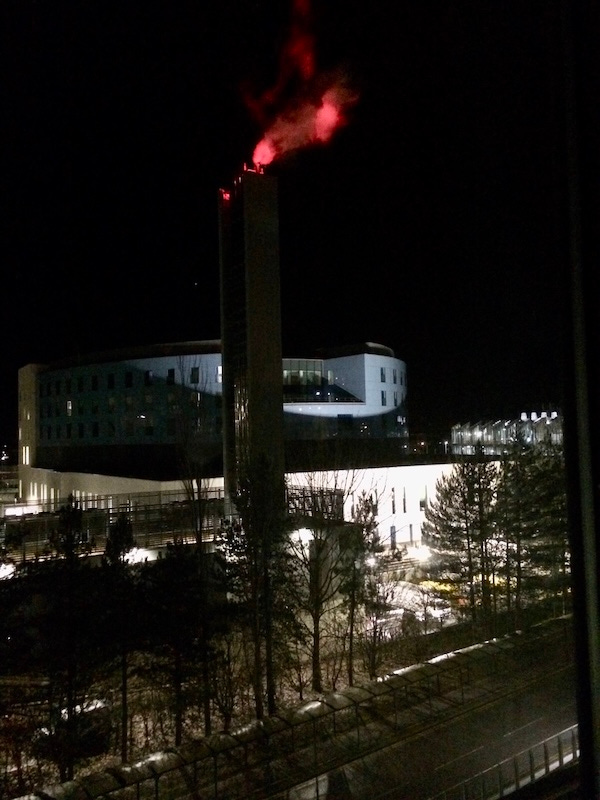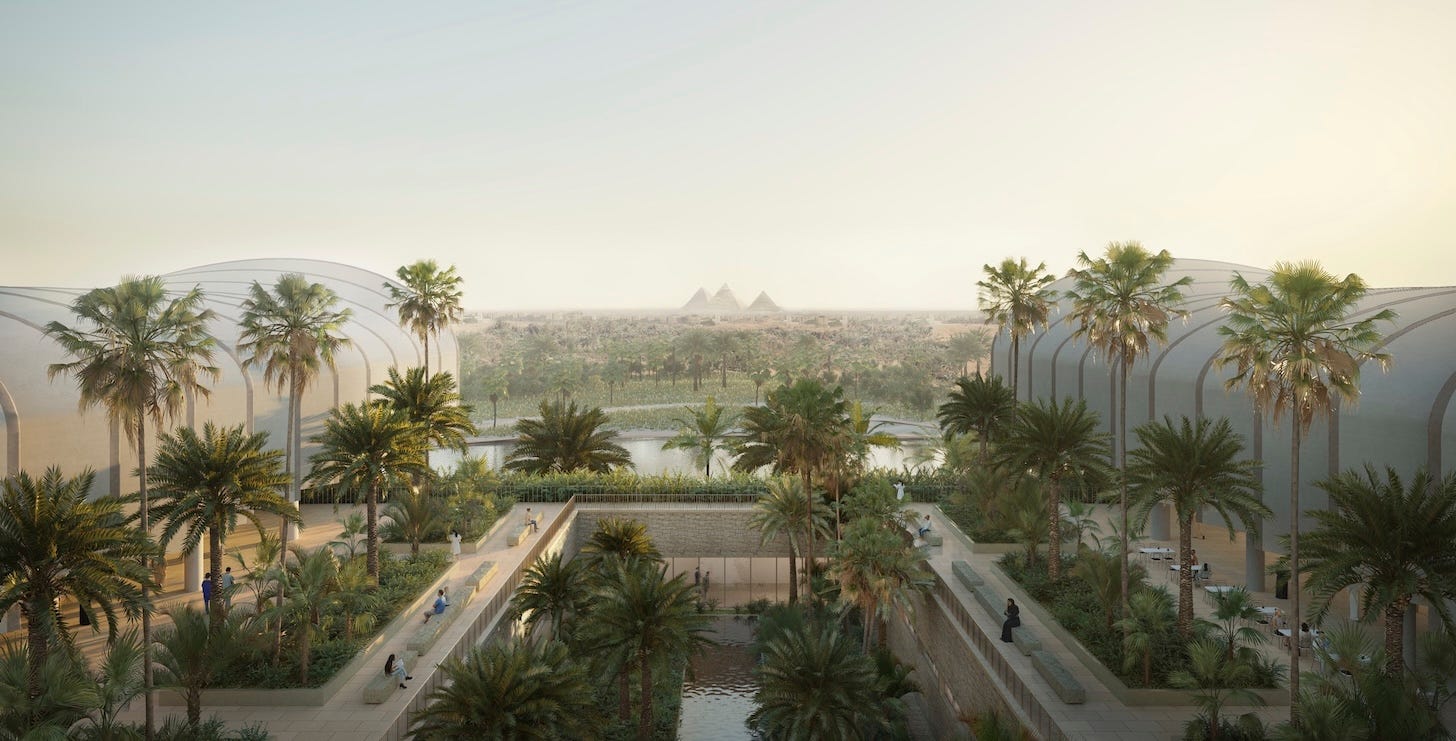What do you see from your hospital room?
A Healing View
When you’re hospitalised for days or weeks, you’ll inevitably look past the tubes and monitors in search of something positive, something else, to think about. And what you see through the window plays a vital role in your capacity to heal. Place is framed by your condition and by the window itself; this provides a unique and specific focus for your Place Writing.
A Torch
The Cambridge University Hospitals incinerator chimney was hardly noticeable by day, it rose high out of sight from the ground. But by night, as I lay in a bed in an upper-floor post-surgical room, I saw a red ball of light dance in the sky, dramatic against the midnight blue. The tall slim silhouette, with its illuminated summit, seemed to me like a mighty torch whose light was watchful, steady, reassuring. In a strange kind of way, it gave me hope.
The Odds
That was five years ago. A fast growing tumour had metastasised but, thankfully, it was quickly diagnosed and removed with surgery. Since then, with every scan and checkup at the outpatient clinic at Addenbrookes Hospital, the risk of reoccurrence has gradually diminished. I’m told that the odds of me getting cancer now are much the same as anyone else (though, let’s face it, those odds are actually quite high).
Outpatients
When you pay frequent visits to hospitals and clinics, as many of us do, for various reasons—because we need attention ourselves or because we support loved ones who need care—our emotional response to place is part generated by the health diagnosis, treatment, and prognosis, and part generated by the structure itself, its accessibility, and its atmosphere.
Hospital Layout
When we approach a hospital, enter the main doors, move along its inner arteries, reach the department we need—the layout and design of the building affects every aspect of our ability to cope with the stress of illness.
Is it a positive experience, or a negative one? How do we write about it?
Architectural Design
On the radio I listened to Jim Al-Khalili interview Professor Sir Magdi Yacoub (it was broadcast in February 2025 on Radio 4). I learned that a new hospital was being built by Foster + Partners in Cairo—the Magdi Yacoub Global Heart Center—where the windows in patient rooms turn towards the pyramids. And further, that verdant landscaping has been designed with intersecting paths and spaces for contemplation. All this is to enhance the patient experience. And research shows that attention to design details like these makes a significant difference to the speed of recovery and leads to better health outcomes.
Wellbeing and Speedy Recovery
The concept of bringing nature and patients together in a hospital environment is not new. And if you type ‘therapeutic landscapes’ into your search engine, you’ll be presented with a great many books on the subject.
A few years back I attended a conference on ‘Outdoor Spaces’ and I listened to landscape and medical historian, Clare Hickman, speaking about a hospital where nurses would record the sound of the dawn chorus as they walked through a park on their way to work. Then they would play the birdsong in the wards to patients who could not take themselves outside. Those patients visited the park in their imagination and their recovery was much quicker than those who didn’t listen to the recordings.
The Pyramids
Given the choice, I would not have picked an incinerator chimney stack to be the focal point in the darkness of my hospital room in Cambridge, England. Indeed, for some people, it might have given them the heebie-jeebies. Would I have rather swopped places with patients in Cairo and looked out upon the pyramids? Well, if you could have teleported me to Egypt, then, yes! The view is a spectacular backdrop to major life-giving surgery.
A Catalyst for Writing
Whatever the view it can, of course, be the catalyst for a piece of writing that covers many aspects of life, and death. Incorporating cultural references, design, history, and tradition; medical progress, ethics, mortality, rites and rituals, and immortality; personal hopes and dreams, fears, and family dynamics.
Lying in bed with staples holding my flesh and skin together and tubes transporting fluids in every direction, the view from my hospital room appeared other-worldly. I was removed from everyday life, in a dreamlike state, high on medication. It felt like I was the lead actor in my own sci-fi film.
What do you see from your hospital room?
As ever, I look forward to chatting with you in the comments!
Credits & Links:
Top image and third image of the Magdi Yacoub Global Heart Center, reproduced here with kind permission of Foster + Partners. Second image, my own.
See more about Foster+Partners and the Magdi Yacoub Foundation.
The Life Scientific interview with Jim Al-Khalili and Professor Sir Magdi Yacoub was broadcast in February 2025 on Radio 4; it’s also available via podcast.
The conference mentioned was organised by The Society of Architectural
Historians of Great Britain (SAHGB).
See Dr Clare Hickman’s website, and further reading.
If you enjoyed reading this post, please hit the ❤️ button so others might hear about it.
Thank you!







What do you see from your hospital room?
Great article Yasmin. Seeing the ebb and flow of nature is so important, for me, my view allowed my brain to be curious, explore my surroundings, feel connected. I was even blessed to have a herd of cows wandering too and fro across the meadows. As a neurodiverse person, I notice that I need visual and mental stimulation to help me make sense of what’s happening. Non natural noise however has the opposite effect and can reduce me to a bit of a wreck! A shout out to the Golden Jubilee Hospital at Clydebank though, I have never come across such happy staff in any hospital, from consultants to porters it seems job satisfaction and enjoyment is high. Well done Golden Jubilee!